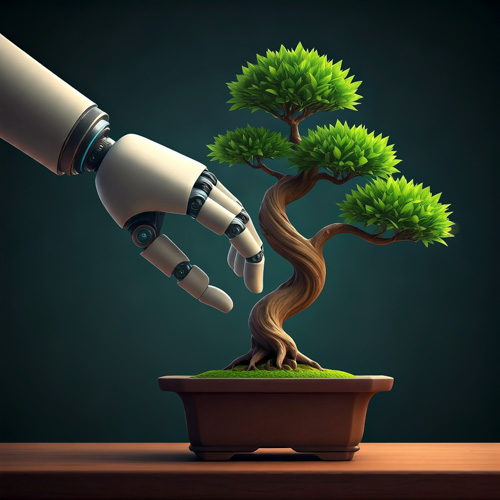Generation X now faces aging parents. Furthermore, we must consider our own future care. Consequently, guardianship becomes highly relevant. Pierce County will host its first Guardianship Summit. This event addresses the complexities of legal guardianship, specifically its impact on vulnerable adults.
The summit is scheduled for Thursday, March 27, at Our Church, located at 5000 67th Ave. West in University Place. It will provide key information and resources. People navigate the confusing landscape of guardianship. Indeed, this initiative shows a growing need for clear guidance. The population ages, and thus, cognitive decline and health issues increase.
A legal process, guardianship grants authority to make decisions. It acts on behalf of someone deemed incapacitated. Certainly, it can ensure the well-being of those unable to care for themselves. However, it raises questions about rights and autonomy. Abuse is possible.
Expert speakers will feature at the summit. They will cover various aspects of guardianship. For instance, they will discuss legal processes. They will explain guardians’ rights and responsibilities. They will present alternatives to guardianship. Ultimately, this comprehensive approach empowers informed decisions. People decide about their futures. They decide about their loved ones.
This summit matters to Generation X. After all, many care for aging parents. They also plan their own long-term care. Understanding guardianship is essential. It ensures our wishes are respected. It protects our well-being.
This event is a proactive step. Pierce County addresses the need for resources. They educate on guardianship. It reminds us to plan for the future. It’s not just about finances. It’s about legal and personal needs.
Attend events. Stay informed. Navigate aging confidently. Find peace of mind. Pierce County’s summit offers knowledge. It provides resources. Protect yourself and loved ones.











